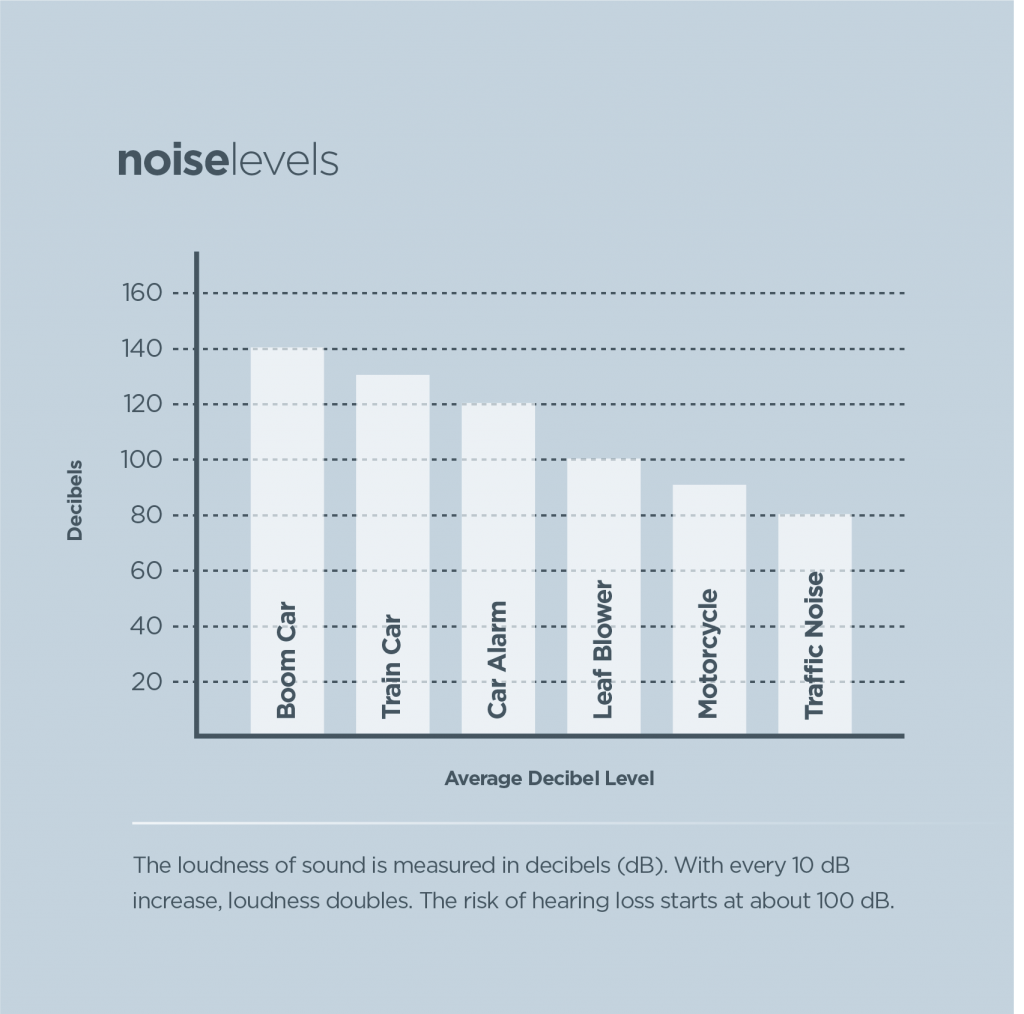Ideal Stress Washing Strategies For Different Sorts Of Surface Areas
Ideal Stress Washing Strategies For Different Sorts Of Surface Areas
Blog Article
Material By-Wu Hodges
When it pertains to press cleaning, the technique you choose can make all the difference in achieving a tidy, streak-free finish. You might discover that difficult surfaces, like concrete, require a different method than softer materials, such as wood or vinyl. It's vital to adapt your methods to the surface area type to avoid damage while making the most of cleaning effectiveness. So, what are the most effective methods for each surface area, and exactly how can you ensure you're utilizing the appropriate setups and devices for the task? Let's discover what you need to know to get the very best results.
Difficult Surface areas
When it pertains to pressure washing tough surface areas, prep work is vital. Prior to you also think of pulling out the pressure washer, put in the time to get rid of the area of any debris, furniture, or obstacles. https://janitorialcleaningservice21986.blogrelation.com/38699786/regularly-committing-a-few-minutes-to-cleanse-your-rain-gutters-can-prevent-expensive-repair-work-disclose-the-hidden-benefits-that-could-ensure-the-security-of-your-home do not desire anything entering your method or potentially harmful your tools.
Next, examine the surface for any type of cracks or damages; this will certainly aid you figure out the best method and pressure settings.
When you have actually prepared the location, it's necessary to select the right nozzle. For hard surface areas like concrete or brick, a slim nozzle (15 or 25 degrees) functions best to offer a focused stream of water that can successfully get rid of crud and stains. Constantly begin at a distance and gradually move closer to prevent any kind of surface area damages.
As you start washing, maintain the stick relocating to prevent touches and over-saturation. It's likewise handy to work from the top down, enabling dust and debris to get rid of normally.
Ultimately, remember to rinse the surface extensively after cleaning to remove any leftover detergent. With these strategies, you'll accomplish a clean and renewed appearance on all your tough surfaces.
Soft Surfaces
Stress cleaning soft surfaces calls for a gentler strategy to shield them from damages. Whether you're cleansing your deck, patio furnishings, or house siding, using too much stress can result in damages, scrapes, or perhaps irreversible injury.
Beginning by picking a low-pressure nozzle, preferably a 25-degree or larger spray pattern, to spread the water more carefully.
Prior to you begin, it's essential to pre-treat any type of spots with a suitable cleansing service. This action allows the cleaner to penetrate the dirt and grime, making it simpler to remove without scrubbing also hard.
Constantly use the option from all-time low as much as avoid streaking.
When you start pressure cleaning, maintain a range of at least 12 to 18 inches from the surface area. Relocate your stick in a sweeping motion, maintaining it parallel to the surface to prevent focused stress on one spot.
Rinse visit our website after cleansing to eliminate any kind of residual cleanser.
Finally, inspect the surface for any kind of missed places and duplicate the procedure if essential. By complying with these steps, you can effectively tidy soft surface areas while preserving their integrity and look.
Specialty Surfaces
Cleansing soft surfaces calls for treatment, yet specialty surface areas require even more attention to detail. When you deal with these surface areas, like delicate timber, tarnished concrete, or particular types of exterior siding, utilizing the appropriate pressure washing techniques is vital to stay clear of damage.
First, evaluate commercial window cleaning system . For instance, dealt with wood can frequently stand up to moderate pressure, yet softer woods like cedar might call for a lower setting. Constantly start with the most affordable stress and slowly raise if needed.
For tarnished concrete, utilize a fan spray nozzle and maintain a regular distance to prevent engraving the surface area.
When taking care of surfaces like plastic siding or repainted surface areas, a vast spray pattern helps distribute the pressure equally, shielding the coating.
It's likewise important to utilize cleaning agents particularly designed for specialty surface areas. They can improve cleansing without jeopardizing the product.
Wash completely after washing to get rid of any kind of residue, as it can lead to discoloration or damage in time.
Final thought
Finally, mastering pressure cleaning methods for various surface areas can make all the difference in your cleansing results. For hard surface areas, stick to narrow nozzles and a top-to-bottom method, while soft surface areas require a gentler touch with wider nozzles. Do not fail to remember to pre-treat spots and wash extensively to prevent residue. By adapting your techniques per product, you'll not just achieve a cleaner surface yet additionally shield the integrity of your surfaces. Pleased cleaning!
